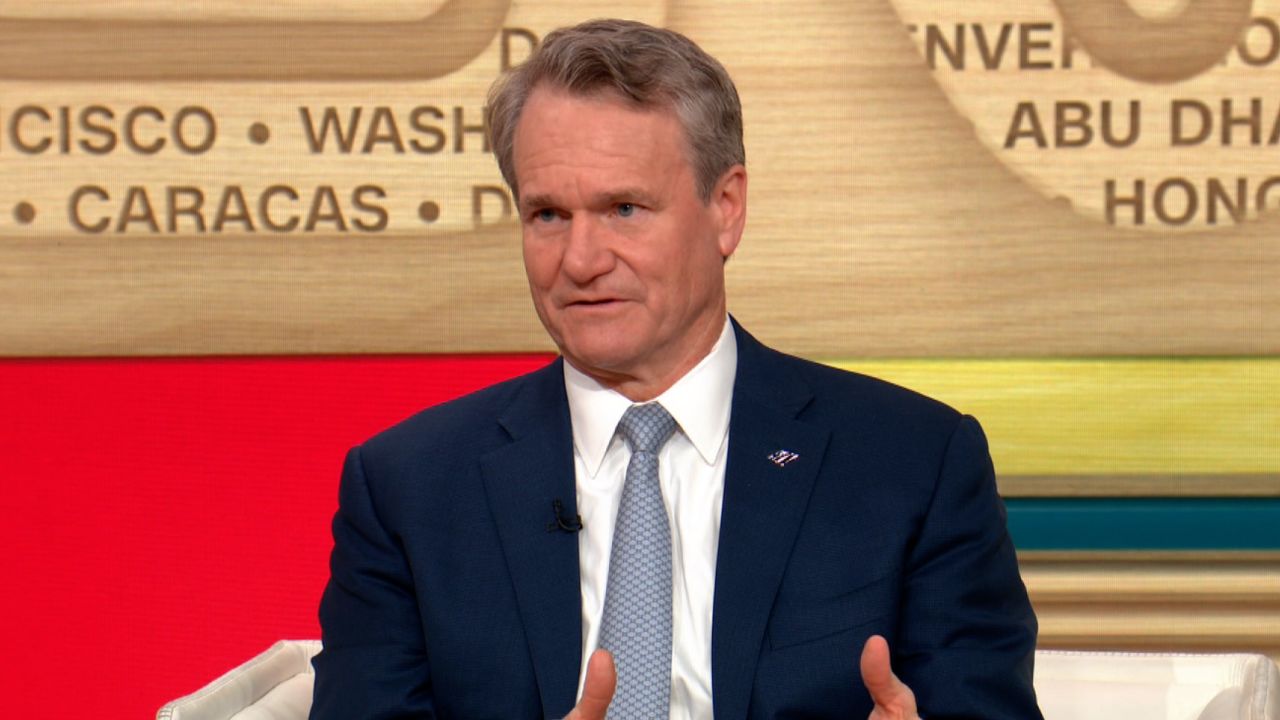Move over, Reaganomics. President Joe Biden is attempting to usher in the era of “Bidenomics.”
This economic theory – which rejects the idea of “trickle-down” policies in favor of focusing on the middle class – will be a centerpiece of Biden’s 2024 reelection campaign. The president highlighted the achievements he’s attributing to Bidenomics in a major speech in Chicago on Wednesday.
Growing the economy from the middle out and the bottom up – not the top down – is Biden’s mantra.
“When that happens, everybody does well. The wealthy still do, everybody does well,” Biden said, noting that the media came up with the name Bidenomics. “This vision is a fundamental break from the economic theories that failed America’s middle class for decades now.”
Trickle-down economics, which was at the heart of President Ronald Reagan’s policies and continues to be the guiding light of Republican lawmakers, typically revolves around tax cuts for the wealthy and large companies. Supporters say the benefits flow down to middle-class and working Americans, boosting economic growth more broadly. But many experts dispute the effectiveness of this practice at lifting all boats.
Biden argues that supply-side, trickle-down economics has cost jobs and hollowed out the middle class. He has long focused on that group of Americans, serving as chair of the Middle Class Task Force when he was vice president in the Obama administration.
“Folks, let me say it as clearly as I can: (The) trickle-down approach failed the middle class and failed America,” said Biden.
To fund Bidenomics, the president once again calls for ensuring the wealthy and large corporations pay their fair share of taxes.
Biden, however, is still struggling to sell his economic agenda to the public. Two-thirds of Americans disapprove of how he’s handled the economy and just over three-quarters feel the economy is in poor shape, according to a CNN poll conducted by SSRS in May.
The administration and several officials have provided an outline of what Bidenomics entails. A fact sheet distributed by the White House lists the president’s efforts to date but does not include any new initiatives.
Here are three key principles of Bidenomics:
Making public investments in America
The Biden administration has focused on infrastructure, clean energy and semiconductors, Lael Brainard, director of the National Economic Council, said at Tuesday’s White House press briefing.
The efforts aim to attract private investment, according to the fact sheet. Since Biden took office in 2021 they have already spurred nearly $500 billion in private-sector commitments.
One example: The administration is touting the fact that construction spending on manufacturing facilities has doubled since 2021. The Infrastructure Investment and Jobs Act, Inflation Reduction Act, and CHIPS Act each included direct funding and tax incentives for public and private manufacturing construction. This surge is not happening in other advanced economies, it notes.
Also, earlier this week, Biden outlined how states will receive more than $42 billion in federal funding for high-speed internet service, which was part of the 2021 infrastructure law. It is aimed at bringing connectivity to more Americans and closing the digital divide. The administration is comparing it to President Franklin Delano Roosevelt’s Rural Electrification Act, which brought electricity to homes throughout the country.
And 35,000 new projects – including roads, bridges and ports – have received funding through the bipartisan infrastructure law, the White House said.
Empowering and educating American workers
The Biden administration has also taken steps to prepare workers for the jobs of the future, including those that don’t need four-year college degrees, Brainard said. The president has supported unions and created apprenticeships.
He recently visited a North Carolina community college to discuss job training in advanced manufacturing and noted the $500 million investment in the Good Jobs Challenge, which stems from the American Rescue Plan.
Biden is taking credit for the 13 million jobs that have been created since he took office and the long stretch of a near-historically low unemployment rate, as well as the record low rates for African- and Hispanic-Americans and people with disabilities. It should be noted that Biden took office in January 2021 in the throes of the Covid-19 pandemic, which unleashed economic upheaval as many Americans stayed home.
The administration also says the share of working-age Americans in the labor force is higher now than it has been in more than 20 years. The jobs also come with better pay, better benefits and better schedules as employers seek to attract and retain workers, according to a memo circulated Monday by two of the president’s senior advisers, Anita Dunn and Mike Donilon.
Promoting competition
The president has also focused on boosting competition to reduce costs and level the playing field for small businesses.
The administration points to his signing an executive order in 2021 to ban or limit non-compete clauses. The Federal Trade Commission in January proposed a rule to ban employers from imposing noncompete agreements on workers and to rescind all existing agreements.
Also, Biden officials have highlighted the Inflation Reduction Act provision that reduces insulin costs for Medicare enrollees to $35 a month, as well as the president’s proposal targeting so-called junk fees.
This story has been updated with additional information.





